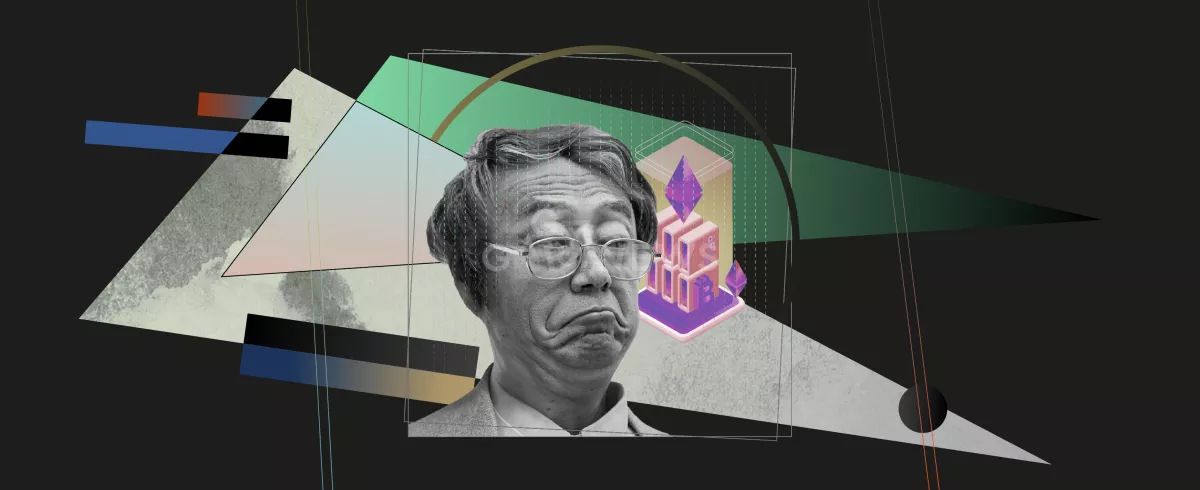How Satoshi Nakamoto Addressed the Mining Profitability Issues

Miners are the core of the blockchain. They are the ones who provide the technical capabilities for transaction validation and block formation. Therefore, the issue of the capitulation of miners can be pretty critical.
On this page
The coin sales from miners’ addresses have recently grown significantly. However, the market price of bitcoin has fallen to the levels of December 2020, and the cryptocurrency market has already lost about 70% of its capitalization over the past 7 months. It means that miners are fixing a significant loss of earnings.
So, why are miners selling when they could get much more money for their BTC in the future?
The answer is simple: they have to.
We are increasingly seeing press reports of big sales of used mining equipment, as well as mining companies in arrears with their credit or utility payments. Miners have obvious liquidity problems. And the next halving awaits them already in 2024, when the award for the block will be twice as small as before.
It appears that the number of miners and the cost of electricity are growing, while the probability of mining a block and the level of earnings are decreasing. Such an imbalance, theoretically, could be balanced by a constant increase in the price of bitcoin. But, no one has yet invented the perpetual motion machine, so the market “unloads” repeatedly through the colossal corrections, ruthlessly grinding everyone who turned out to be a weak link.
All these signals call into question the short-term profitability of this business. And this entails the risks to the network hash rate.
Statistics show that investing in bitcoin is profitable with an investment horizon of 4-5 years. But in a falling market, the “HODL” strategy may not be available to miners with fixed electricity costs, depreciation, salaries, and bonds.
The author and creator of bitcoin, Satoshi Nakamoto, was a pioneer of decentralized finance, but even then, he fully understood the challenges that such a system could face. The main ones were the reliability of the network (a parameter proportional to the number of miners) and the risks of a “51% attack” (the critical concentration of computing power in one person’s hands).
The second point is related to the trust factor: a decentralized network should function without trust, relying solely on the idea that the complexity and massiveness of the calculations make it unprofitable (and therefore pointless) to usurp the validation process. In this regard, we can be calm: the bitcoin network has proven its viability, having gone through all the turbulence without any threats to disrupt decentralization.
As for the reliability aspect, Nakamoto implemented a self-regulatory mechanism that every time simplifies block mining in proportion to the drop in hash rate. This always keeps the rate of new block formation roughly the same, providing a deflationary model for bitcoin.
If the crypto winter is prolonged, miners will still not be able to receive the expected dollar return. As a result, the computing power of large mining companies may drop, and it will be redistributed to collective mining pools and solo miners, who have much higher margins due to lower costs. We saw a similar effect after the prohibition of miners’ activities in China.
The “incontinence” trend may also remain – miners will continue to constantly sell mined bitcoins, which has always created additional pressure on the asset’s price.
The content on The Coinomist is for informational purposes only and should not be interpreted as financial advice. While we strive to provide accurate and up-to-date information, we do not guarantee the accuracy, completeness, or reliability of any content. Neither we accept liability for any errors or omissions in the information provided or for any financial losses incurred as a result of relying on this information. Actions based on this content are at your own risk. Always do your own research and consult a professional. See our Terms, Privacy Policy, and Disclaimers for more details.

























